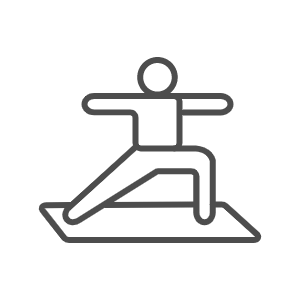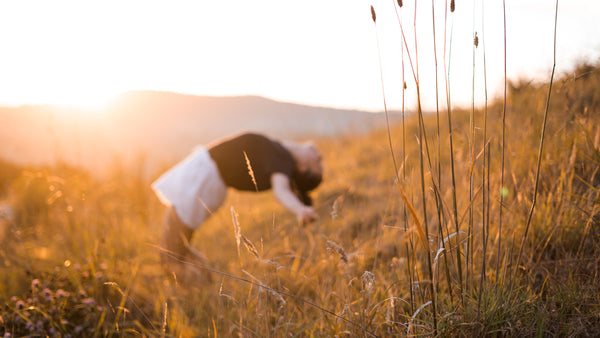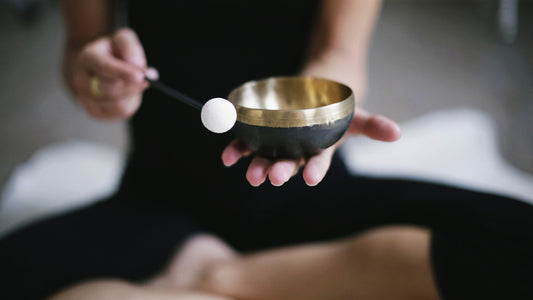
NEW In!
PURE-Matte Light TaupeShopping cart
Your shopping basket is empty
Free shipping from €39
Produced Ecologically & Fair
For All Yoga Styles
Yoga

Meditation
Sets & Bundles
Osho's active meditations are optimally suited to our modern world. If you're having trouble sitting in stillness and are plagued by anxiety and endless spinning thoughts, then you might want to give it a try. We will tell you more about this form of practice and introduce you to two well-known Osho meditations.

Most people think of sitting still on a cushion when they hear the word meditation. Anyone who has tried this knows that it is not always easy. Many of us move through everyday life at an enormously high pace, and internally we often race from one thought and “to-do” to the next. Such a high-speed train cannot be stopped within seconds without difficulty. In my work as a yoga teacher, I have long learned that very active, overstimulated people usually need to be slowly calmed down through dynamic practice.
One who understood this deeply many years ago was the well-known spiritual teacher Osho. In the late 1960s he developed various active forms of meditation. Because he was convinced that we humans are now much too agitated to be able to relax and go straight into silence, and that we first have to go through a kind of purification process:
Get rid of the ballast of everyday life: The active forms of Osho meditation are therefore usually structured in such a way that they begin with a very dynamic part in which dancing, breathing intensively, shaking and moving the whole body. Only then does a phase of silence and classic meditation follow. Experience shows that meditation beginners in particular find it a little easier to get into practice. Experienced practitioners usually know when silent meditation is good for them and when they need to "shake something off" first.
In the following we present two well-known active meditations by Osho, one for the morning and one for the evening:
As with most Osho meditations, there is specially composed music for this practice.

All life is vibration - and when the human being is in harmony, then he vibrates effortlessly and healthily with life. Healing with sounds is alrea...
Continue reading
Is your yoga mat your place of power? Your holy realm, where you come to rest and recharge with new energy? Then make sure that you give your "hol...
Continue reading